Carol

Inside Out
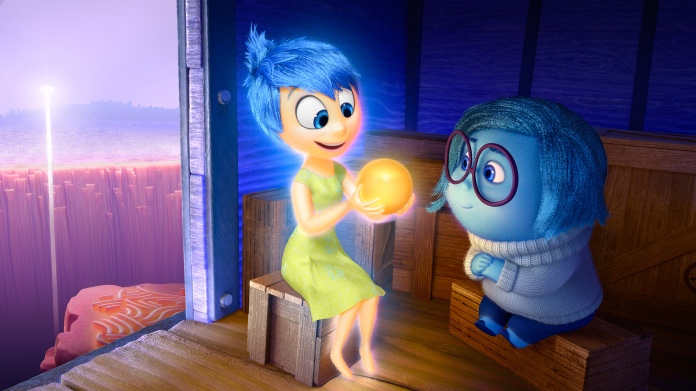
Girl Walks Home Alone at Night

Ex Machina
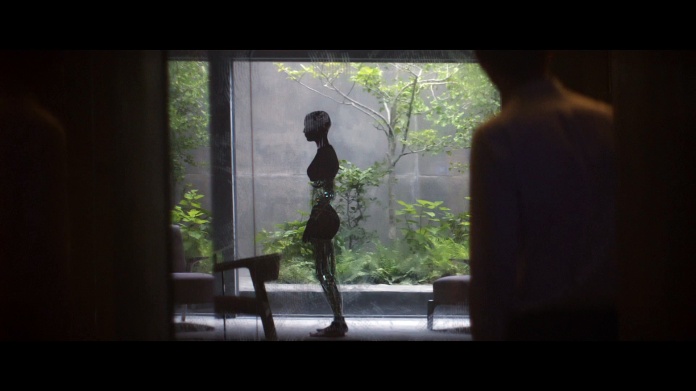
The Diary of a Teenage Girl
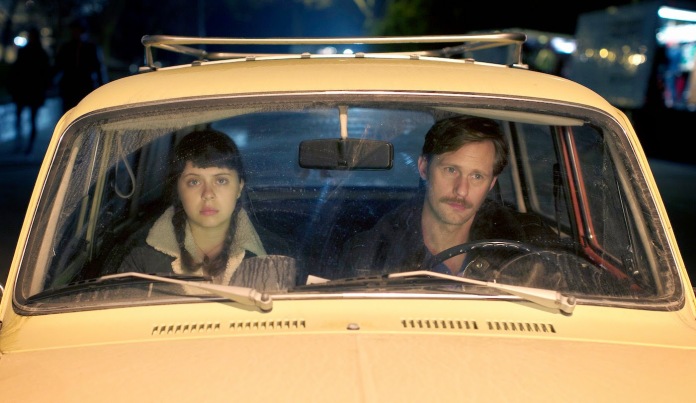
45 Years
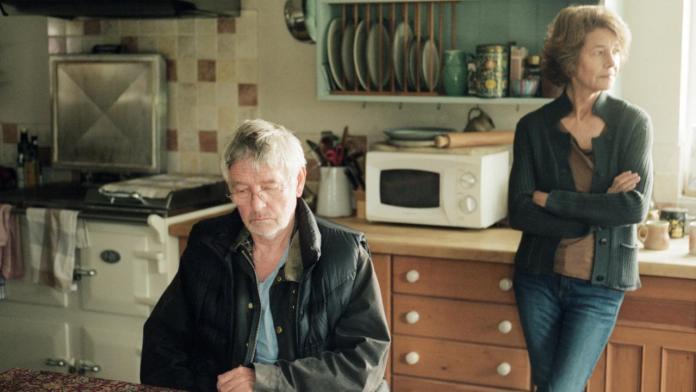
Amy

Mistress America
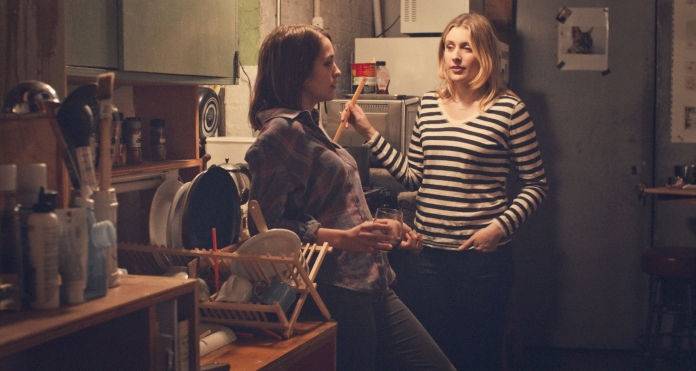
The Lobster

Crimson Peak
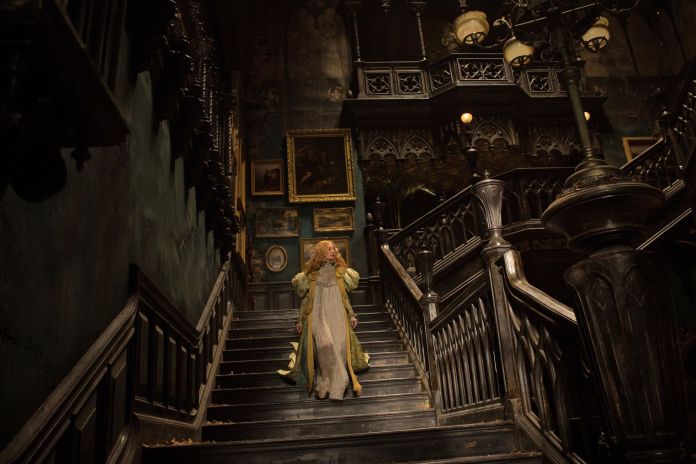
Brooklyn
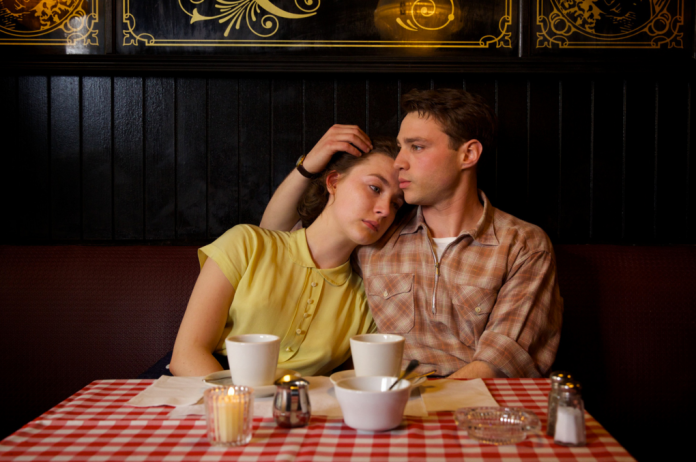
Slow West
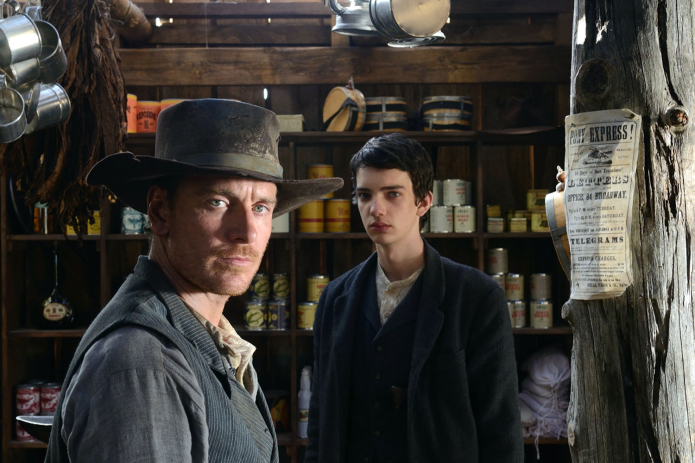
While We’re Young
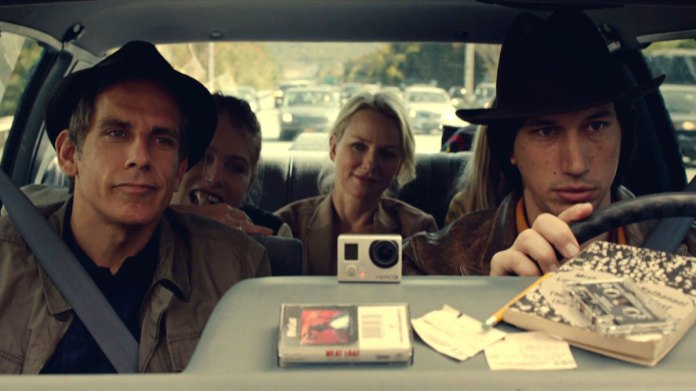
Inherent Vice

Carol

Inside Out

Girl Walks Home Alone at Night

Ex Machina

The Diary of a Teenage Girl

45 Years

Amy

Mistress America

The Lobster

Crimson Peak

Brooklyn

Slow West

While We’re Young

Inherent Vice

This film at its core is a two hour car chase in a post apocalyptic deserted wasteland. The reboot from Mad Max’s original director George Miller has become this year’s most rewarding film experience for audiences. The energy seems to vibrate off the screen, partly thanks to the exhilarating score and the huge cars assembled from scavenged parts.
The film begins with Max, now played by Tom Hardy on the run from the living and the dead and ghosts of the children he could not save. We’re plunged into an arid, poisoned world fallen into illiteracy where warlords compete for slender resources, including oil and water, equipped with salvaged 20th century technology. Max’s captor Immortan Joe has extrapolated mythic elements of Roman culture to justify slavery and inspire his troops to suicidal heroics with the promise of glory in Valhalla.
More about the post apocalyptic world in relation to the cars and machinery, the steering wheels are decorated and treasured in this world as they last longer than the humans who drive them.
Backstory and exposition are kept to the minimum; Miller set out to embrace the basic principles of silent era film making. Tell the story as possible with images instead of words. This means there is virtually no dialogue and the visual aspect therefore becomes even more important as well as the music. Editor cut action scenes silently till the value and impact dictated the shots.
Mad Max is partnered with Impirator Furiosa played by Charlize Theron who has been hailed as a feminist icon, being his equal in rank and skill. She is arguably more central in driving the story and is not sexualised and there is no suggestion of romantic entanglement between the two. Instead, they gradually begin to trust each other and end up at mutual respect and understanding.
The stunt work deserves a special mention as the use of special effects was minimal, it really shows and adds another layer of realism and urgency to the scenes. The landscapes provides a sound contrast to these frantic, hectic fights; arid but beautiful landscape and sunsets perfectly offsetting the emotion.
Mad Max: Fury Road combines engaging action scenes throughout the whole film with a richly developed and realistic world and characters; which comes as a welcome change of pace from the slew of CGI superhero movies.
Winning the audience prize at Cannes last year, this film was finally released in April to much critical acclaim, directed by Ruben Östlund know for this black humour and satirical films.
The central premise is very simple, a typical family go on a skiing holiday and a seemingly dangerous avalanche hurls towards them, causing the father to suddenly, grab his iPhone and gloves and fleeing without a second glance. The crowd at the restaurant react quickly, in the space of 3 seconds goes from cheering, nervous laughter to screaming panic. The mother is left protecting her children whilst the father sheepishly returns and resumes as normal as if nothing out of the ordinary has happened. This refusal to admit to his cowardice leads the mother to think their marriage is falling apart and the kids pick up on the situation causing tension and awkwardness. Talk about it to other couples, try to explore exactly what has happened to them. Behind the tension and discomfort, black humour breaking through which makes it laugh out loud funny.
The father Tomas in a dangerous situation, instead of protecting his family, abandoned them following his more base ‘fight or flight’ instinct. The film delves into gender ideals and society’s expectations, and the arrival of their friends leads to further analysis on the situation, and causes a ripple effect, disrupting the surrounding characters. The 15 year age difference between the new couple is flipped with him being dominant and in control at first, and through talking about what they would have done in the same situation, he becomes childish whilst she talks about the avalanche in an hypothetical sense.
Dramatic Classical music is used to end scenes and cuts abruptly to a stark mountain panorama or stillness. Reminiscent of 2001: A Space Odyssey, this contrast between the tense dramatic music with the idyllic resort adds a sense of theatricality. The picturesque, idyllic skiing resort gives rise to beautiful images and framing which seems to become more impending and foreboding and time goes by. It’s almost a dichotomy of the natural environment verses human nature.
Subtle and nuanced acting mirrored real life awkwardness and long pauses only heighten the uneasiness. The small glances or stares between the whole family, including the children are caught in a very natural way in the long, languid scenes.
Philosophical questions arise as to whether this is something you can control and the central premise immediately makes this film compelling as it makes you think about what you would do in that situation. This film is perfect for discussion and the final scenes are ambiguous and leave you wondering if the relationship is salvaged.
Jonathan Glazer’s Under the Skin is a powerfully chilling surreal sci-fi mystery about an alien on our planet. She plays an alien hunting in our world, blurring the lines of reality as she is disguised to allow people to interact with her undetected. This lends authenticity to the film and provides the perfect backdrop of human life and activity to the story.
The first scene depicts the creation of the alien, showing it learning to enunciate and speak before taking the place of her predecessor who shows a flicker of emotion by a single tear. The alien then uses make-up to appeal to Man’s superficial idea of beauty. She becomes a seductress, on a mission to hunt for men and lure them to their apparent death. Her lack of empathy and apathy towards the beginning gradually morphs into slow observation and understanding of the human condition and subsequently, her own identity. A pivotal scene after experiencing kindness and showing some pity herself crescendos to a rush of human emotion which she struggles to understand. She diverges from her hunt by trying, in vain, to undergo typical human experiences. Finally surrendering and revealing her true form; underlying the idea that the true nature of beauty is under the skin she forces the audience to ponder this central philosophical question in regards to society.
Scarlett Johannson’s central nuanced performance ensures the unpretentious, but still maintains the surrealist nature of the film with virtually no dialogue. The haunting score plays a huge role in the unpredictability and adds to the surrealist atmosphere, as well as forcing the audience to experience the alien’s struggles and creates an uncomfortable environment in which to reflect on humanity. The cinematography strengthens the visual ties and ensures some scenes and images stay with the audience long after the film is over.
This refreshingly complex film makes a great visual and intellectual impact on the audience and will doubtlessly be analysed further in the future.

Z: In the space of a month I’ve devoured three seasons of HBO’s Girls. What began as a thirty minute whimsical interlude to my day became borderline addiction. And by borderline I mean I spent last Tuesday in bed with a cold, power-watching the entirety of Season 2. This isn’t the first time I’ve found myself fleetingly enamoured with my laptop screen, after summer 2013 and six seasons of Mad Men. Serious self-restraint keeps me from unleashing the all-consuming worlds of Breaking Bad, Boardwalk Empire, The Wire etc ad nauseum. The thread running through this age of indulgent TV fabric, N and I decided, is scriptwriting. Scriptwriting today is literature. And as all great novels do, a successful show needs to speak to its generation in a language that transcends the specificity of the show’s content. So chemistry teachers and 50s housewives and satyromaniacs who play with saws in their Manhattan apartments all share the emotional complexities and dilemmas we experience ourselves, helping to construct a TV ‘idealism’ that is firmly rooted in contemporary life.
In an interview with Fortune Magazine, Lena Dunham said that Girls exemplifies our ‘Age of Contradictions’ and I wonder whether that magic ingredient is what so many scriptwriters have stumbled upon over the past few years. The theme of every character in every TV show constantly grappling with personal demons is obvious to the point of expectation. Take the Season 6 poster for Mad Men – Don Draper in white suit leaving, Don Draper in black suit returning doesn’t really need explaining. But despite what can seem like a somewhat repetitive idea, it is completely apt for the generation of internet kids, living in a time of constant self-reflection and identity crises.
N: The quality of television is ever improving and many shows are on par with film, even attracting distinguished directors such as Martin Scorsese for Boardwalk Empire and David Fincher in House of Cards. The difference between film and TV lies with longevity and continuity, which leads people to grow more emotionally attached to the characters as they watch them develop. Many successful shows can be part of the audiences’ lives for 6 or 7 years, which results in a comforting familiarity with the characters. The concepts and story lines for TV have become increasing diverse and unique, with the typical protagonist being tossed in favour of more flawed individuals who can mirror reality and human nature. Creating these complex characters, even in supporting roles, draws the attention to magnificent acting and emotional vulnerability, and we, as the audience are captivated.
The rising influence of Netflix and box sets allows fast and easy access, which results in more viewers becoming enticed by television. Similarly the production value has exponentially increased for TV, for example Game of Thrones would have been far too expensive to consider backing 10 years ago and simultaneously with the rise of technology, the budgets have increased. A vast array of locations which include Iceland and Croatia, and the increased use of CGI ensures the quality of the medium is kept at a high standard.
This brings us to the vast importance placed on attention to detail, from the set design to the music to the fashion which are all meticulously selected. In particular the wardrobe and costume designers are creating magnificent period garments for in Game of Thrones, inspiration is derived from Japanese and Persian armour to royal courts in Medieval Europe. This also contributes greatly to the acting process and gives the audience an insight into their character and personality, as well as creating an immersive experience. Mad Men uses costume very shrewdly in order to mirror the character’s emotional journey in each episode. For example, an episode dealing with human nature resulted in Don Draper and Peggy Olsen wearing the exact same costumes but in light and dark colours to represent their conflict with dual personality and trying to develop and grow as a person. This leads the viewers into questioning, can people actually change? On the other end of the spectrum, the wardrobe for 4 girls living in New York on a minimal budget are carefully selected from vintage shops. Hannah’s clothes are tailored to achieve an unflattering fit and distressed to look like she has owned these clothes for years, which is designed to add realism to the show. It is this detailing, thought and craft that subconsciously draws us to a particular show, therefore elevating both viewing figures and our appreciation of television.
Z: The silver age is defined by TV past in the 70s/80s – when television was purely ‘entertainment’ and figured out how to be funny through the likes of Fry and Laurie and Monty Python. I would hope that the golden age is yet to come. But right now, the bronze age of TV is holding its own, transforming the landscape of television into a new art form. Film has been doing it for decades – TV is catching up. From aesthetic value to script writing, TV is increasingly combining the worlds of fashion, literature, cinematography and music to create rich expressions which, most importantly, everyone and anyone can instantaneously enjoy. “People tell you who they are, but we ignore it – because we want them to be who we want them to be” says Don Draper. I think TV is the same. There’s so much variety, great variety at that, and each show tells us who they are and what makes them different. But ultimately, every show will be whatever you want it to be – whether that is an hour’s distraction from the real world or a way to project your own problems onto any (and every) fictitious person or situation. So in an attempt to justify a day of vegetating with Girls, the artistic value of television should be recognised. Could we go as far to say that it’s basically the same as spending a day in a gallery? Ok probably not, but for a generation that spends most of its time looking at screens, at least we’re looking at something worthwhile.
Browsing through the Desert Island Discs archive, I stumbled across an episode with the architect Richard Rogers broadcast in 1990. For those unfamiliar with the name, Rogers is one of Britain’s most renowned architects, having been behind commissions such as the Lloyd’s building in London and the Pompidou Centre in Paris. Whilst his modernist buildings are indeed striking, the episode reminded me that the power of his designs lies not in style but in his understanding of the innate connection between politics and architecture.
For most people, architecture consists of two elements. The first is functionality, that is to say that a building has an aim, be that as a home, retail space, or office space, and its design must meet that aim. The other is that of aesthetics – a beautiful environment can contribute to our well-being. Yet there is so much more to architecture that is often overlooked and taken for granted. Most notable of these is the politics of architecture – Rogers’ advocacy of a greater emphasis on this aspect of design over many years is to be greatly admired.
One example of the political implications of architecture is that of public space. When Rogers and his co-architects presented their design for the Pompidou Centre, one extraordinary feature was that the building was to take up only half of the plot of land put aside for the project. The other half was developed into a piazza, open to the public and reflecting the democratic mission statement of the project itself. This space has been a crucial part of the success of the Centre in encouraging urban regeneration in the local area. Some reading this may doubt the significance of public spaces in reality, perhaps cynical of the democratic idealism underlying it. But Trafalgar Square in London is a case in point of the power of such spaces: when the plans for the square were being made in the 1840s, fountains were introduced not for stylistic reasons but as a form of crowd control and to reduce the risk of an assembly forming.
The politics of architecture stems all the way from urban planning to our very own homes, bringing with it questions about community and the nature of the nuclear family. In his essay Architecture and Social Questions, Bertrand Russell examines how designing housing estates which allow for communal cooking and the communal rearing of children can work to change the patriarchal nature of the nuclear family and help to emancipate women. Whatever you think of such radical proposals, it illustrates how architecture can shape our way of living and thus have political consequences.
In his Desert Island Discs episode, Rogers argues that much of the failure of architecture in recent decades lies in it being treated as a purely commercial endeavour. The underlying incentive for those commissioning buildings is profit, hence the architects chosen will be those that can meet the functionality element at the lowest cost. Too little thought is given to how architecture shapes our towns and cities – the heritage impacts of new ventures are considered (and rightly so) but how such buildings will mould life in the local area are generally ignored. As Rogers has advocated in the past, architects ought to have a much greater advisory role in government, working to inspire urban regeneration and greater localism.
It is time for more architects to step away from the commercialism and to step forward as the new Rogers and the new Niemeyers; architects that can appreciate the socialist roots of modernist architecture and produce designs which show an understanding of the politics of architecture.
We are four normal people who are friends and like Art. We met at school in North London but bonded in New York because we’re awesome and now we write things sometimes when our lives aren’t taken up by degrees / early-twenties existential crises. We like looking at nice paintings. We like sketching places and people and things. We like reading clever words written by clever people. We like listening to songs that make you feel sad inside. We like watching old movies and new television and reevaluating life after each episode. Stephen Fry is our god. The Smiths changed everything. N talks about clothes a lot. M is indecisive but a highly capable individual. R and Z enjoy spending time with their cats. Please read our blog, it will make us happy.